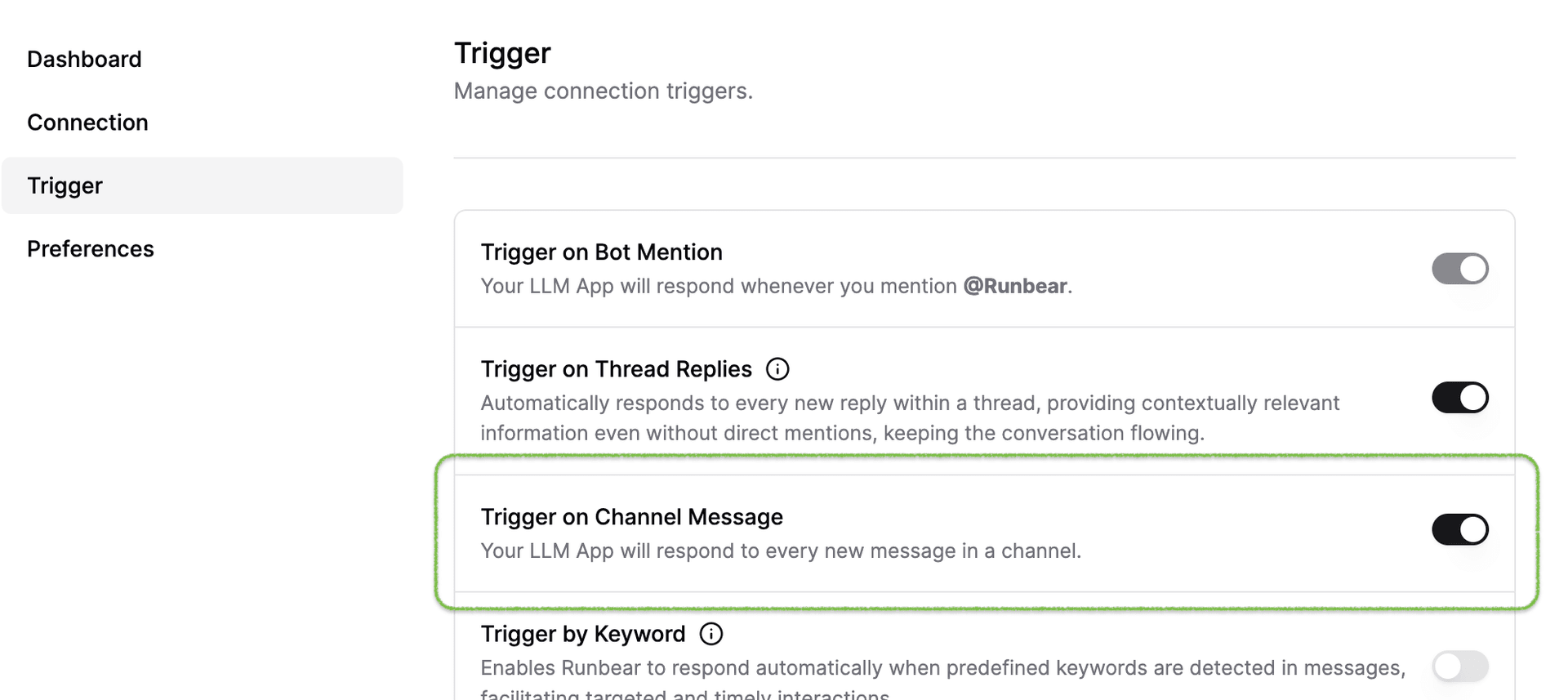Streamlining Legal Services with AI-Driven Q&A
Learn how legal professionals can enhance their research and client communications with AI-driven Q&A integrated into their workspace.
Providing exceptional customer support is a significant challenge for many businesses. The task often demands specialized expertise, requiring support teams to seek assistance from various departments. Unfortunately, these departments are frequently preoccupied with more urgent tasks, leading to inefficiencies in workflow and resulting in customer dissatisfaction.
This is where AI can make a transformative impact. Instead of diverting attention from more pressing tasks, let AI act as your intermediary.
By training your AI with departmental knowledge, businesses can delegate routine support inquiries to AI, minimizing the need for human intervention and allowing other departments to focus on their core responsibilities. This approach not only enhances customer service but also improves overall organizational efficiency.

Benefits of AI Integration
- Faster Issue Resolution: AI can assist legal support teams in resolving issues more quickly by providing instant access to specialized knowledge.
- Cost Efficiency: By reducing the need for human intervention, AI lowers customer support costs, increases customer satisfaction, and boosts revenue.
With Runbear, this solution can be implemented without any coding or engineering support from your end, and the entire process takes just 20 minutes. Here's a step-by-step guide on how to achieve this.
1. Create a Specialized AI for Legal Support Team
The first step is to build an AI tailored to the needs of legal support teams. For instance, You can do this directly with Runbear, without having to navigate to OpenAI to do this.
Prompt Example:
This Assistant assists users in searching for legal advice using a given knowledge base, specializing in employment. It provides detailed and accurate information on topics such as employment contracts, workplace discrimination, labor laws, employee rights, and compliance issues. The Assistant aims to be a reliable resource for HR-related legal guidance, ensuring responses are relevant, professional, and clear. It should avoid giving any misleading information, making assumptions, or offering personal opinions. Responses should be concise and based strictly on the provided knowledge base. There are no specific topics to avoid. The GPT communicates in a formal and professional manner. It asks for clarification if a query is unclear to ensure accurate and relevant responses. At the bottom of each response, it includes the disclaimer: 'Please note that this response is generated by Legal AI and does not constitute official legal advice from a licensed attorney.'
2. Train Your AI
Now, it's time to connect any relevant documents, data, or images to train your AI. In this example, this AI will be trained with all relevant legal knowledge, allowing it to handle inquiries that would typically require human expertise.
With Runbear, you connect documents stored in your Google Drive or Confluence. You can also upload files such as PDFs, Docs, and more.
3. Integrate the AI into the Channels Where Clients Ask Questions
Once your AI is trained, your next step is to integrate it into the communication channels used by your clients. With Runbear, you can integrate it into channels such as Slack, Microsoft Teams, Discord, Zendesk, HubSpot, and more. The goal is to ensure that support teams can easily access the AI to get immediate answers to their questions.
4. Customize Workflow
a) Mention @Runbear to get answers.
By default, support team members can ask questions to your AI by mentioning @Runbear, or your app’s name if you’ve already customized it.

b) Make your AI answer all the messages in the channel.
You can choose to have your AI respond to all the messages in a specific channel. This is useful when you have dedicated channels for questions.

Get Started Now
All set!
Embrace AI integration with Runbear and experience the transformative benefits firsthand.